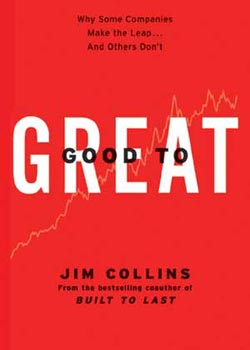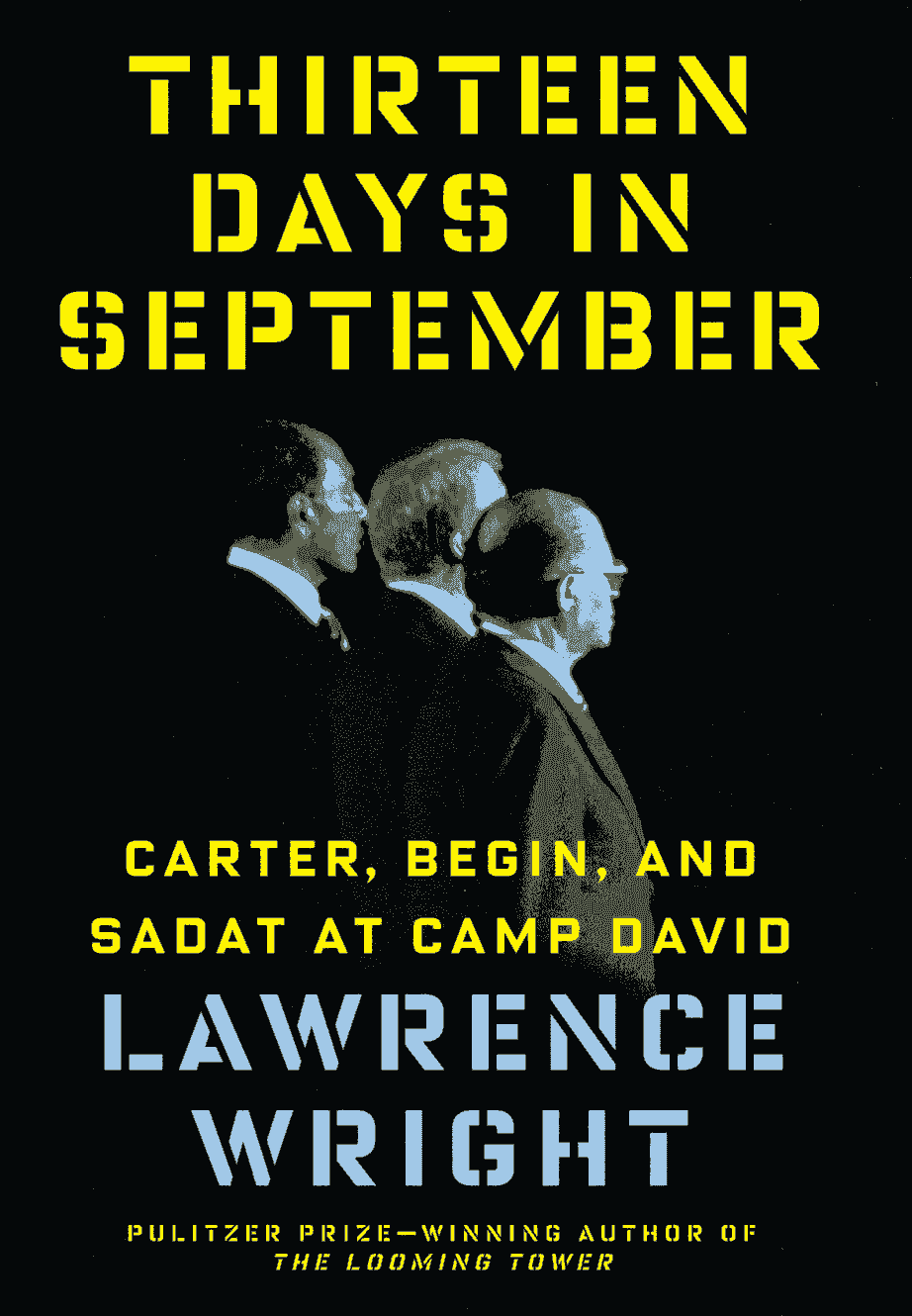You’re reading Books. Looking for more in this series?
- Books: Goliath, Rosie, Malcolm X, & Blackberry
- Books: Tesla, Aging, & Emotional Intelligence
- Good to Great by Jim Collins
Priorities
Setting aside time to read is a deliberate priority I make to invest time in myself. Even with the busy schedule of a startup, school, or work I read before I go to sleep, during lunch, and when I’m on the bus.
My first computer science term at University of Waterloo slowed my pace down a bit, but I still got through some great books during the first half of 2016. Here they are!
Good to Great – Jim Collins

Good to Great presents a data driven hypothesis of why some companies remain average, and how others from similar starting points succeed drastically more than peers, industry, or the market.
It was such a great book that I’ve written a separate postspecifically on the 8 key characteristics that Collins found in all winning companies (and lacking in simply “good” ones).
I summarize the 8 and explain why this is the #1 book I recommend to founders and leaders who don’t to settle for good but strive to be great.
Click the link to see the steps you can take to go from Good to Great.
Thirteen Days in September – Lawrence Wright

Thirteen Days in September is a day by day account of the Egyptian-Israeli peace agreement negotiated at Camp David in 1978 that almost never happened.
The book centers around the three leaders, their teams, strategy, and history. Alternating between the heated diplomacy at the summit were chapters of context: the leader’s life, character, and regional history before, during, and after the summit.
I very much enjoyed the regional history and perspective that was embedded in accounts of U.S. President Jimmy Carter, Egyptian President Anwar Sadat, and Israeli Prime Minister Menachem Begin.
Wright also details the religious zeal in negotiations by the world leaders of Christian Baptist, Muslim, and Jewish faiths.
They understandably felt like representatives of their faith but additionally thought they were called by God to protect their people or, in Carter’s case, to orchestrate peace.
Surrounded by the flurry of strong opinions from extreme and moderate advisors, the leaders valued time to think on trails through the surrounding Maryland forest. In many ways, Camp David helped orchestrate success through all of the unplanned interactions between delegations on the camp grounds.
In 484 pages, Thirteen Days in September presents some of the complexity of a region deep in history, religion, culture, conflict, and with peace too often just out of reach.
Though not a regional peace that some dreamed of, those thirteen days in September 1978 have provided lasting peace between Israel and Egypt.
Maybe, almost 40 years later, it’s time for another Camp David and leaders who earnestly seek peace.
The Help – Kathryn Stockett

After thoroughly enjoying the movie when it first was released in 2011, I finally followed the advice from family and friends to read the book.
And I’m very glad I did.
The Help tells the story of life in Jackson, Mississippi in the early 1960s as the African-American Civil Rights movement is coming into focus.
Through the voices of Black maids, Minnie and Aibeleen, and young White aspiring writer Skeeter, we are told the story of inter-race dynamics within the home.
Maids, called “help”, raise the children of white families in Jackson. The children often end up becoming more attached to their help than their own parents. Yet when they grow up, the cycle begins again as they inherit the racial prejudices of their parents.
Since reading my first book on Dr. Martin Luther King Jr. in grade 1, I’ve been fascinated by the peaceful civil disobedience and inspired by the determination of the 1960s Civil Rights movement. Away from the marches and sit-ins that made nightly news, The Help gives a fictionalized idea of the more intimate relations between Blacks and Whites during the same period.
Copyhackers Startup Guide to Differentiation – Joanna Wiebe

This book falls in the middle between reading for fun and reading for work. Written by startup copywriting guru Joanna Wiebe, it’s a step by step guide to find how to market a unique value proposition in a crowded market.
I was working at Blitzenthis summer, an online forms and automated personalized marketing platform competing against over 4,000 other marketing tools that are fighting for attention.
With many case studies to illustrate the 9 categories of differentiation, it became very clear which approaches could naturally apply to Blitzen and which might not work well.
These concepts prompted me to do a major copy review of Blitzen’s website that has since increased signups by 64%. I can honestly say that I would have missed this massive growth opportunity if it wasn’t for this book. If you’re a founder or want to write copy that stands out, check out any of Joanna’s Copyhackers e-booksor her steller blog for copy techniques that anyone can pick up and use to kickstart their growth.
MoneySense Guide to the Perfect Portfolio 2013 – Dan Bortolotti

Like most “millenials”, I came of age during the most turbulent years the financial markets have seen in three generations. As stocks plunged in fall 2008, I read the Globe and Mail most mornings before going off to my grade 9 classes at Gordon Graydon.
In 2009, Michael Lewis published The Big Short and I was fascinated by the story of a few of the people who saw the subprime mortgage bubble coming and invented ways to bet against the industry’s arrogance and under-regulated recklessness. It sparked my curiosity in finance that took me through a financial math course in grade 12 and my healthy skepticism of the banking industry.
Now that I’m earning my own money from internships, I read this book to learn more about the ETF portfolios that a lot of blogs like Canadian Couch Potatoand Mr. Money Moustaschehave been writing about for years.
Also, if you’ve never considered investments before, this is a great book to introduce you to the lingo and strategy.
Written specifically for Canadians, the book addresses fundamentals of asset classes, reducing risk and improving returns with portfolio diversification, how management fees (MER) can destroy your returns, and some example portfolios and ETFs to consider for a passive retirement investment strategy.
Highly recommended for beginners and a good review even for more experienced amateur investors.
Up Next
I recently finished the 1954 classic How to Lie with Statistics by Darrell Huff and I’m now working through Gary Vaynerchuk’s Jab, Jab, Jab, Right Hook: How to Tell Your Story in a Noisy Social World. I’ll be writing about both in a couple months for my next book list!
Reading let’s my mind slow down, learn about new topics, become more understanding of peoples and situations, and is one of the least painful ways to grow personally.
I grow a lot in my failures too, reading is just a lot less painful.
Investing in your own personal growth will always have a positive ROI. Even if none of the books above interest you, you can find one that does. Fiction, non-fiction, business, science, fantasy, history… start reading again today!
Read These Posts Next